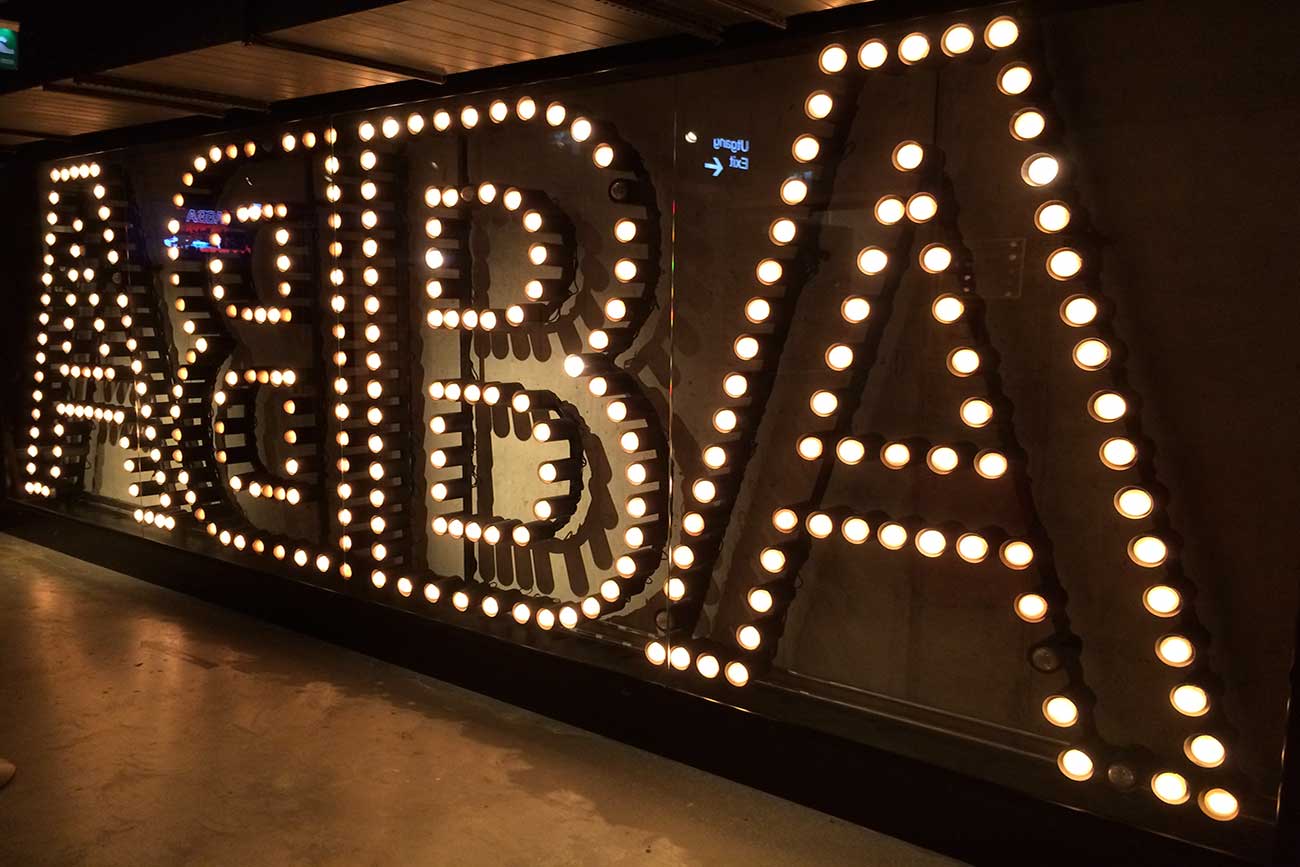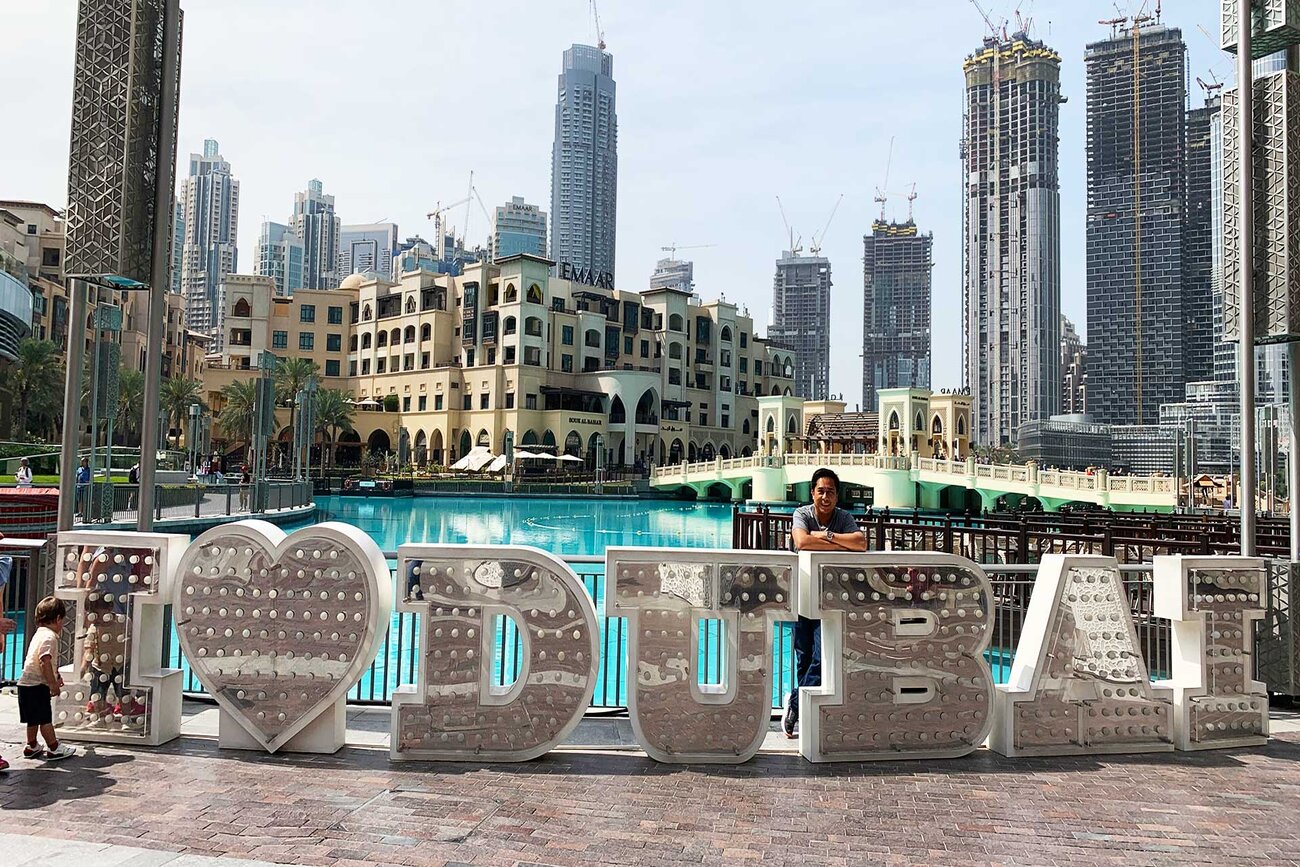I grew up with ABBA. It was the everyday music my family played at home, almost like a soundtrack of our daily lives. Everyone, from my mom, aunts, you name it, all listened to the iconic tunes. I can even remember my uncle carefully placing a classic vinyl recording on a Radiowealth turntable player, filling the room with ABBA for hours on end.
I was born in the peak years of ABBA’s music career, a year ahead before the immortal-hit sensation of that time, Dancing Queen, took the music scene by storm, topping charts and getting everyone to dance to the beat. From diapers until moving out and getting married, ABBA was a daily accompaniment in my life. Growing up with the music I could remember all the titles and easily hum to the tunes played on the old four-speaker phonograph. Even hearing it play from afar, I can immediately tell Agnetha Faltskog and Anni-Frid Lyngstad’s distinct voices, and the masterpieces being played.
Given my history and adoration to the Swedish band of the yesteryears for as long as I could remember, it was no surprise that I’d find myself going to Sweden to visit the ABBA Museum. Since its opening in May of 2013, I knew in my heart I’d have to go there one day. So finally, I did, as I got on the ship that made its way to Stockholm.
And as the ship docked and got to Stockholm, I was excited, like any fan would be being at the home of the band I grew up listening to, and getting a chance to experience them as if I was there in the time of the 70s.
ABBA the Museum is the homage to the stars of the Swedish music industry and is one of the most musically interactive music museums I have ever experienced. It was a very special place to connect to your inner Dancing Queen, with a lot of chances to sing on stage as a 5th ABBA member with holographic Agnetha Faltskog, Björn Ulvaeus, Benny Andersson, and Anni-Frid “Frida” Lyngstad! It’s almost as if they were there with you! This museum is definitely for the fans and those who appreciate music that transcends generations. Even if you’re not entirely a fan like me or know all the songs, it’s hard not to get into the groove and be entertained with the great music and history to be learned of that band.
GETTING TO ABBA MUSEUM
Getting to the museum, it was much easier to go by ship, or ferry. Walking to the Slussen docks wasn’t too hard, waiting time was about 15 minutes, and the ferry ride didn’t take too long, less than 30 minutes! How I wish it was longer, the scenery by the waters and seeing Stockholm from the ship was beautiful. And that’s not even part of the Museum experience yet! The ferry ride was worth it, and the ABBA Museum even more so.
ABBA the Museum is located in Djurgårdsvägen 68, Djurgarden, Stockholm, Sweden. City Tram No. 7 (Sergels Torg – Waldemarsudde) has a stop exactly right in front of the museum. Alternatively, you can also take Bus No. 44 (Ruddammen – Skansen) or by boat/ferry from Slussen (which, I would highly recommend!). Taxis are also available but it is a bit expensive. But I do suggest walking from the pier to the museum because there are a lot of things to see on the way there.
ABBA The Museum
ABBA The Museum is about the only place in the world where ABBA fans can get a lot closer to their favorite band, and with the wide array of displays, original memorabilia, collection of wardrobes that they wore during their world tour. It’s a great nostalgic way to get to know ABBA better and get connected with knowing their humble beginnings and rise to popularity and fame.
If you want to make a music video or record yourself singing along to the iconic songs, you can also do that in the Museum. How about following the famous dance moves, possibly making your own for ABBA to dance along with? And being on stage with the ABBA holograms, that I can’t get over, it was like seeing them for real and I wanted to sing with them all day! These and many more are what make the ABBA museum something worth visiting at one point in your life.
There’s also another thing I can’t forget about the ABBA museum: there’s this one spot in the museum with a dance floor and widescreen TV monitor showing ABBA music videos. You can either just watch and appreciate the music videos or get on the dance floor and get to dancing like a queen or king! It is definitely an ABBA experience worth experiencing at that moment!
I’ll also be sharing the notable places and displays I got into during my visit to the ABBA The Museum, and my favorites. First is the Gold room. You can see the amazing costumes (all original!) used by ABBA from their tours, videos, promotional gigs, and TV appearances from 1974 to 1980. The name of the room came from the astounding gold records and awards the band acquired in their time for everyone to see, and it almost paints the display room in gold!
GOLD ROOM
The replica of the Polar Music Studio, ABBA’s most important workplace, was something worth seeing in the museum. This was the place the band felt the most comfortable, and in their element, devoting hours and hours to create the perfect interpretation of the songs we listen today. With Björn and Benny’s brilliance, and Agnetha and Frida’s voices, the most important ingredient in the sound, this is what made it truly sound like the famous ABBA sounds we’ve come to know and love.
POLAR MUSIC STUDIO
The Backstage and the Tailor Studio were some of the ABBA-fashion related displays. I can imagine seeing the backstage how moments before their shows, the band was prepping: from Agnetha getting her bright blonde hair done, and Frida helped in her super tight stockings, and make-up applied to the ABBA boys Björn and Benny. It was a wonderful thought seeing how much effort and detail were put before their big shows and performances, and it’s equally appreciated in the Tailoring Studio. You’ll find Agnetha’s white jump suit that became the model for Donna’s stage outfit in the Mamma Mia! Musical, and Frida’s daring mini skirt with sequined panels. The iconic cat costumes in yellow and blue and the diagonal-striped tricot outfits in white, blue and purple are just some of the many famous creations you can see there! (Sadly you can’t wear them.)
ABBA Backstage and Tailor Studio
Another fashion-related display featuring the famous colorful outfits of ABBA was the Eurovision Outfit Display. At first sight it’s rather unusual, but this was the very same famous outfit they wore when they won the Eurovision Song Contest in April 1974 for their song, Waterloo. It was a symbol of the beginning of their international career, as they were the first non-American group to have a cult-following that is still growing strong to this day.
From ABBA’s Cabin House, Stig Anderson’s Office, and the original Harrison 4032 Mixing Console that helped create many of ABBA’s music and albums, you can find it all there in the ABBA Museum.
If you want to bring home some souvenirs for your friends and family, feel free to drop by the ABBA Museum Cashless Souvenir Shop. It offers a wide array of ABBA souvenirs from fridge magnets, t-shirts, baseball caps, ABBA music and video CDs, blu rays and DVDs, books and many more! ABBA the Museum is 100% cashless, so credit cards are the only form of payment accepted here. It’s rather bumming if you don’t have anything to take home so be sure to have your credit card! There’s also a restaurant and snack available that’s just close to the souvenir shop and the same form of payment applies. But no worries, if you’re more of a cash person there are several restaurants in the area near the museum that still accept cash payments.
Oh, and another thing: be sure to keep your ticket! Don’t ever lose it or throw it in the bin after your museum visit. Why is that, you may ask? Because that ticket is your access to view, share to your friends on Facebook and Twitter and download all the activities you did inside ABBA the Museum. Just log on to abbathemuseum.com website and under Personal Page menu, enter the 14-digit number found in the ticket.

With any opportunities to sing, dance, record, and insert yourself into ABBA videos, it’s a great place to appreciate and experience ABBA and their legendary music. It’s definitely a way for music fans everywhere to connect to the ABBA legacy, so experience it for yourself like I did! Great fun ahead, and you won’t regret it.


























5 comments On ABBA Museum | Things You Need To Know
Pingback: Museo Larco: A Private Peruvian History Tour | The Poor Dad ()
Pingback: Stockholm’s Gröna Lund | Fun At Every Turn | The Poor Dad ()
Pingback: Things You Can’t Miss At The Hermitage Museum | The Poor Dad ()
Pingback: All the Way to Secluded Ainola | The Poor Dad ()
Pingback: Exploring Manila’s National Museum of Natural History | The Poor Dad ()